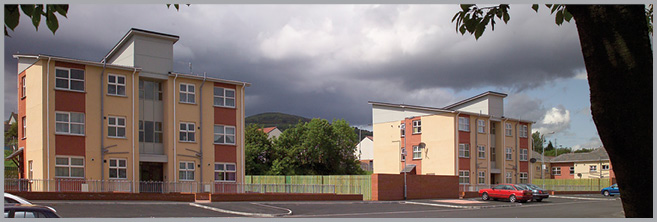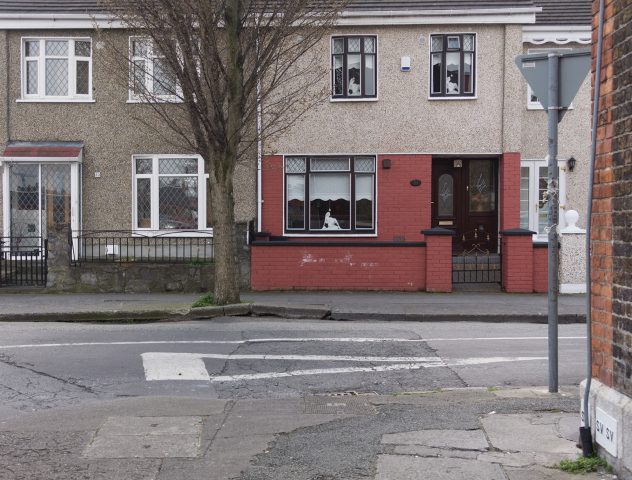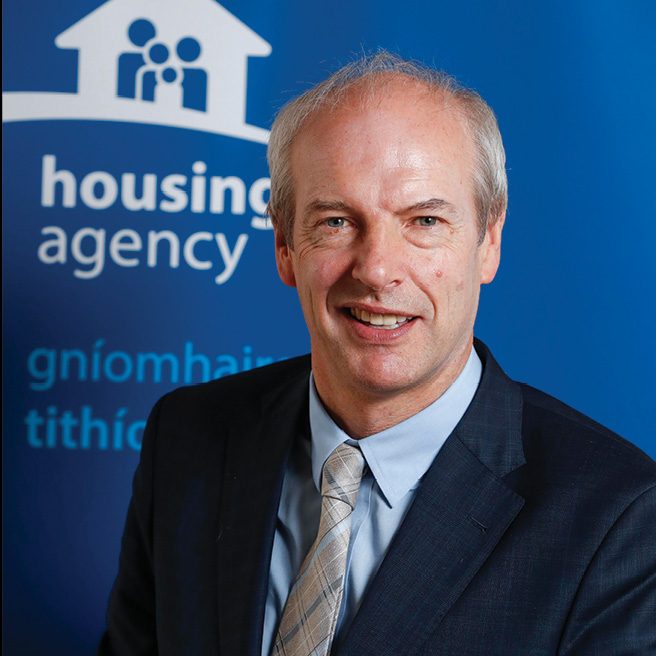
Respond: Building Communities
19th July 2017
Regulating housing bodies
19th July 2017Meeting the social housing need: finance is only part of the solution

There is growing evidence that county and city councils around Ireland are committed to tackling the social housing crisis on their doorsteps. Local councillors are fully aware of just how large the waiting lists for accommodation are in their respective areas.
However, councillors also recognise, in equal measure, that there is no easy-fix to the challenge at hand. Funding availability from central government is, by no means, the main stumbling block in allowing housing authorities to get on top of the problems they are currently tackling.
More complex conundrums come in the form of land availability, securing the required planning permission and making best use of the existing stock that is already on the ground.
Limerick
Fine Gael Councillor Daniel Butler claims that Limerick has a strong track record in meeting the permanent accommodation needs of its citizens. Currently, there are approximately 11,000 people on the city’s housing list.
“A consistent theme has been that of bringing vacant properties back into full use,” he says. “This can be a tortuous process. In the first instance, there is a need to find who actually owns the existing property. Many social houses built within estates over 40 years ago were subsequently sold-on to the people living there.
“Over time, quite a number of these properties were allowed to fall into a dilapidated state, for lots of reasons. They may or, may not, have been sold on. So, by the time the housing authority queries the current ownership, the records are not as complete as they should be.”
However, as Butler also points out, securing the property is only the first stage in a convoluted process, which then confronts the housing authority.
“From the outside many of these houses might seem to be in good order,” he adds.
“The reality is that association-owned houses must be finished to a higher specification than that required when properties are developed for the private sector.
“This is the way it should be. However, ensuring that every conceivable standard is met, on the part of a public authority, comes at a significant cost. There is money available from central government to allow the development of a meaningful social housing policy in the Limerick area.
“However, the devil is in the detail, particularly when it comes to tying down all the processes that impact on any housing development or refurbishment project.”
His party colleague, Councillor Marian Hurley agrees that more must be done to tackle the problem of obsolescence.
“Limerick is doing its part in this regard, but this is a nation-wide problem. Why should there be so much emphasis on building new houses in green field areas when there are so many properties in towns up and down that could be brought back from dereliction?
“Something should also be done to prevent landlords from allowing properties to fall into disrepair and then walking away from them.”
“However, the devil is in the detail, particularly when it comes to tying down all the processes that impact on any housing development or refurbishment project.”
Councillor Daniel Butler
Galway
Meanwhile, Galway City has a housing list that extends to 15,000 applicants. Sinn Féin Councillor Mairéad Farrell believes that building new social housing is the only way to tackle the problem.
“It’s a tortuous process,” she says. “The Council has been debating the pros and cons of building 69 houses on the west side of the city since 2014. As far as I am aware, funding has been secured to build 14 units up to this point.
“This is just a drop in the ocean, when it comes to meeting the overall need for social housing in this area. We need fundamentally new thinking brought to bear on the subject.”
She adds: “The latest homeless figures published by the Department of Housing show yet another increase in the number of people in emergency accommodation in Galway. During December 2016, 165 adults were in emergency accommodation, an increase of 15 per cent on the figure for November of 144.
“For the first time since these figures were collated we now have more than 7,000 people in Department of Housing-funded emergency accommodation across the country.
“A recent Simon Community survey shows that of the 25 properties available to rent in Galway City, only four were within Housing Assistance Payment and Rent Supplement limits.
“It makes absolutely no sense for the large majority of those on supplements to be locked out of the rental market, as they just end up being forced in to emergency accommodation.
“We are all aware that increasing the supply of available housing is key. However a number of feasible measures could have been introduced that would have provided immediate relief to those struggling to make rent”.
Louth
Independent Councillor Maeve Yore also believes that building more social housing is the only way to meet the permanent accommodation needs of the 4,000 applicants on the County Louth waiting list.
“The council owns 55 acres of land, which has been earmarked for social housing,” she says.
“I am not sure if this is sufficient to meet the scope of the social housing challenge that exists in this area.”
However, Yore is also conscious of the need for housing associations up and down the country to secure the finance they need to build the new homes that are required. She has a close association with the Credit Union Development Association (CUDA).
“I have been working closely with CUDA to profile a new financial framework which would allow credit unions to fund social housing development, courtesy of the large sums of money that currently exist in their bank accounts.
“This finance can also be made available at reasonable interest rates. However, the response from government on this matter has been quite disappointing up to this point.”
Earlier this year, CUDA announced that Irish credit unions will be entering the mortgage market with a fund of €400 million, courtesy of the umbrella organisation’s Solutions Centre.
Commenting CUDA Chief Executive Kevin Johnson says: “Given the demand, we have spent the last 10 months developing this mortgage framework, and see it as a significant milestone for the credit union movement.
“Through the Solution Centre we have been able to help many credit unions make the move into the mortgage market, and are moving ever closer to our goal of making Irish credit unions full service outlets for consumers’ financial needs.
“Unlike banks, credit unions aren’t required to deliver profits for shareholders so anything we offer is priced to meet the needs and demands of members, and credit unions are ideally placed to fill the gap in the market left by building societies.”
Carlow
For his part Carlow County Council Chairman John Murphy believes that the Government’s Rebuilding Ireland plan is working and will continue to deliver for those people on the housing lists.
However, the Fine Gael councillor admits that the homeless problem is much more acute in urban areas.
“We have recently completed a housing development project in the Graiguecullen area and other similar projects are planned.
“Securing central government funding for house building has not been a problem up to this point. Rebuilding Ireland lays out the strategy to deliver a comprehensive response to the social housing challenge.
“It’s up to all the organisations with a vested interest in this matter to get on with the job in hand.”






